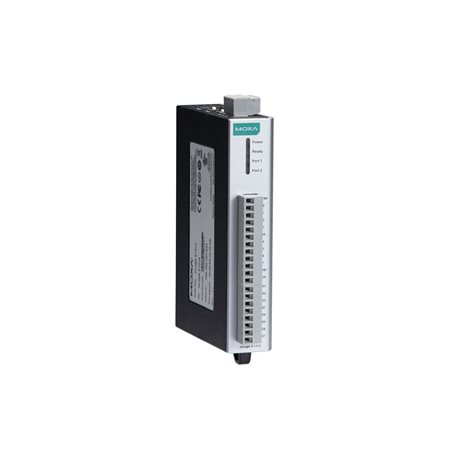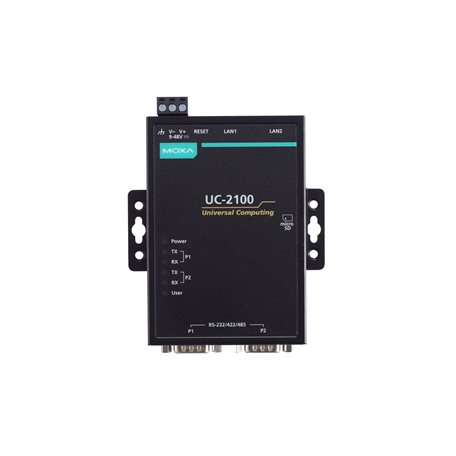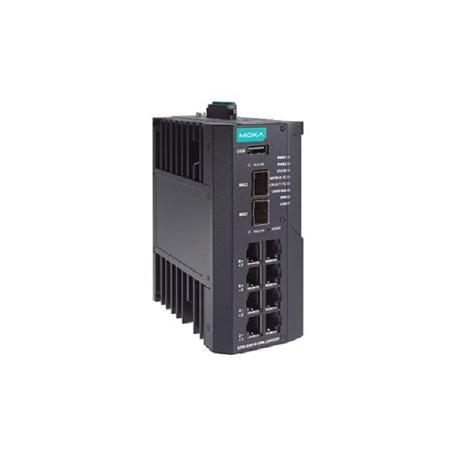
Moxa supports the Civil Infrastructure Platform (CIP) and the OpenChain Project under the Linux Foundation® to show its commitment to reliable and secure industrial applications. The company also sponsors the Debian Long Term Support (LTS) initiative and extends this effort through Moxa Industrial Linux (MIL), a hardened, Debian-based operating system for long-term industrial stability and dependable support that lasts for decades.
An Australian energy provider recently achieved a major milestone by deploying the nation’s first large-scale Battery Energy Storage System (BESS), a key step toward improving energy market participation and enabling deeper renewable energy integration. However, once operational, the company discovered that traditional IT cybersecurity frameworks were insufficient to handle the complex and evolving cyber threats targeting Industrial Network Infrastructure. As BESS installations become more integral to power grid stability and energy management, their cybersecurity vulnerabilities have also become more sophisticated. These challenges typically fall into three major categories.
1. Authorization Management and Access Control
Many BESS networks lack comprehensive Network Access Control (NAC) and detailed authorization management. This oversight exposes systems to risks such as unauthorized remote logins and internal misuse. Furthermore, third-party vendors or maintenance contractors, if not strictly supervised, can unintentionally create security gaps that attackers exploit.
To minimize these threats, energy operators must enforce strict access policies, manage permissions dynamically, and continuously monitor network entry points.
2. Device Security and System Updates
Industrial control devices within energy storage systems often face delayed firmware updates and inconsistent patch management, leading to security weaknesses over time. Connecting unverified or unmanaged devices amplifies these risks by creating new network vulnerabilities.
Implementing secure device management, regular firmware updates, and automated patch deployment is critical to maintaining a resilient BESS infrastructure.
3. Network Complexity and Trust Management
Modern BESS networks integrate multiple subsystems, such as Fire Suppression Systems (FSS), HVAC, Building Management Systems (BMS), Power Conversion Systems (PCS), and Energy Management Systems (EMS), which exchange vast amounts of operational data. This interconnected design exceeds the complexity of traditional air-gapped industrial networks, making them more susceptible to cyber intrusions.
With the added integration of cloud platforms, traditional physical isolation strategies no longer guarantee protection. The solution lies in network segmentation, creating secure zones that restrict data flow and contain potential breaches before they escalate.
Recognizing these challenges, the energy company adopted Moxa’s Defense-in-Depth security architecture, a multi-layered approach designed specifically for industrial and energy automation networks. This strategy reinforces resilience across every network layer, from the perimeter to the core and endpoints.
System Requirements
- Comprehensive authorization and access management
- Attack surface control and limitation of damage during intrusions
- Network resilience and stability under abnormal conditions
- Real-time monitoring and alerting for rapid incident response
- A disaster recovery plan with frequent data backups and configuration maintenance
Why Moxa
Moxa stands among the first global manufacturers certified under IEC 62443-4-1, demonstrating proven expertise in industrial cybersecurity lifecycle management. Moxa enables BESS operators to secure both IT and OT networks through advanced, layered security measures.
- Perimeter Protection: Moxa’s EDR Series industrial firewall switches combine Intrusion Detection and Prevention (IDS/IPS) with intelligent zone segmentation to isolate network regions and prevent lateral attacks. These functions reduce the overall attack surface and block external threats before they reach critical systems.
- Core Network and Endpoint Protection: Industrial-grade Moxa Ethernet Switches support user and device authentication, ensuring only verified connections are allowed. Port mirroring enables real-time traffic analysis to detect anomalies early, while built-in endpoint protection, including secure firmware updates and malware prevention, helps maintain continuous, stable operations across PCS, BMS, and EMS devices.
- Continuous Monitoring and Centralized Management: Moxa’s network management platforms deliver centralized configuration, real-time visibility, and log-based threat detection, empowering operators to proactively identify vulnerabilities and respond to incidents swiftly.
With Moxa’s Defense-in-Depth solutions, energy operators gain a robust, scalable approach to protecting Battery Energy Storage Systems from both external and internal threats. From perimeter security to continuous monitoring, Moxa ensures that critical energy infrastructure remains secure, stable, and compliant in an increasingly connected industrial landscape. Secure your BESS network today with Moxa’s industrial cybersecurity solutions, engineered for reliability, built for resilience.
System Diagram
Moxa's BESS Defense-in-depth Strategy

Product Highlights
BESS Integration

Firewall
EDR-G9010 Series
- Developed according to the IEC 62443-4-1 and certified with the IEC 62443-4-2 industrial cybersecurity standards
- 10-port Gigabit all-in-one firewall/NAT/VPN/router/switch
- Industrial-grade Intrusion Prevention/Detection System (IPS/IDS)


Core Switch
RKS-G4028 Series
- Meets a wide range of demands from Fast Ethernet to full Gigabit industrial networks (up to 28 Gigabit ports)
- Modular interfaces for flexible connector type combinations
- Support for IEEE 802.3bt PoE for up to 90 W output per port

Battery Container

Environmental Management Controller
UC-2100 Series
- Arm Cortex-A8 600-1000 MHz
- Palm-sized form factor, 50 x 80 x 28 mm
- MXview One support for centralized
- monitoring of devices and computing status


Firewall Switch
EDR-8010 Series
- Industrial-grade Intrusion Prevention/Detection System (IPS/IDS)
- 8 FE + 2 Gigabit port all-in-one firewall/NAT/ VPN/router/switch
- Visualize OT security with the MXsecurity management software


Remote I/O
ioLogik E1200 Series
- User-definable Modbus TCP Slave addressing
- Supports RESTful API for IIoT applications
- Supports EtherNet/IP Adapter

*Easy World is Moxa's official distributor in the Middle East. For any further information, please contact us via sales@eworldme.com.






